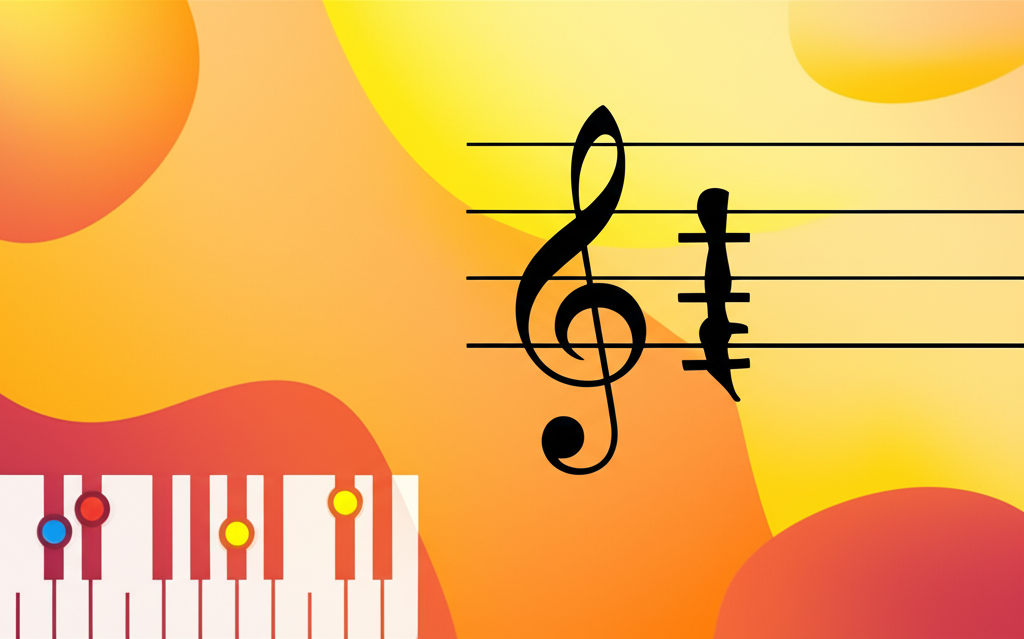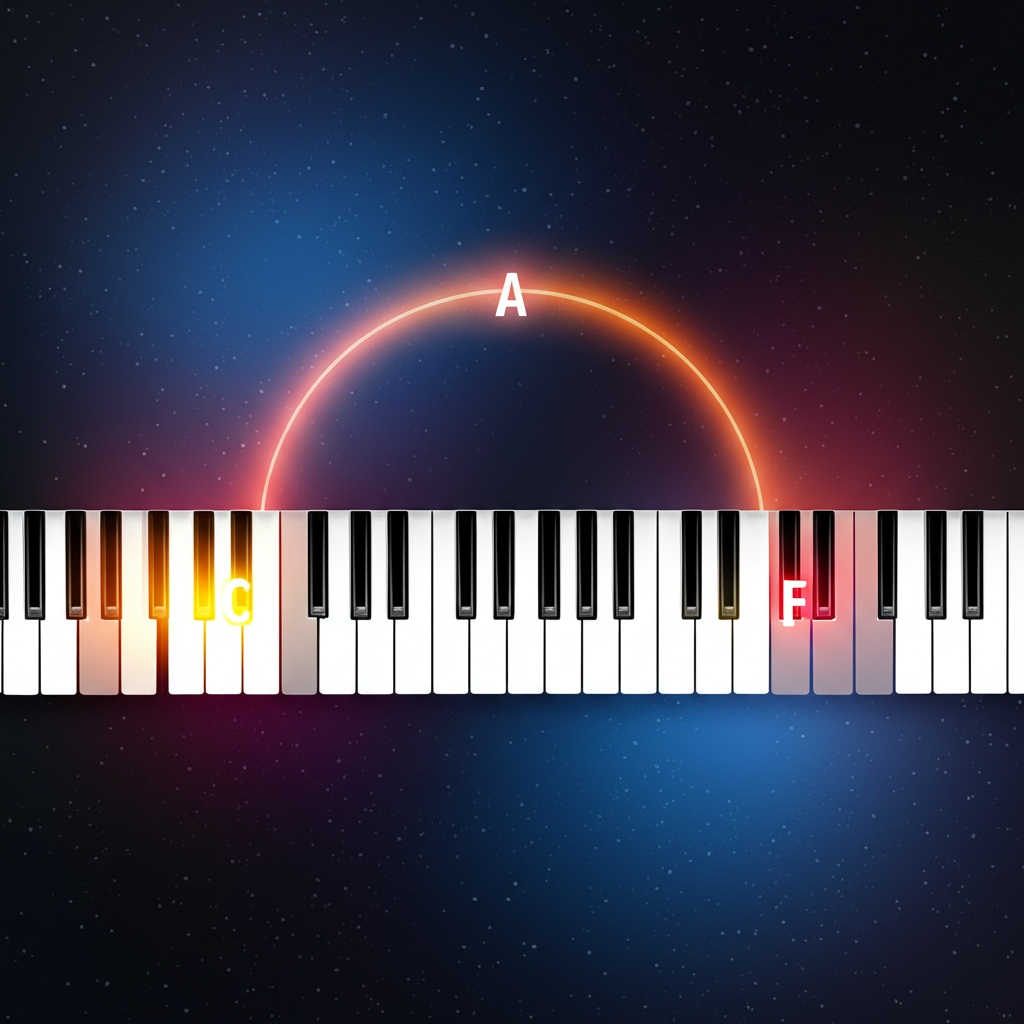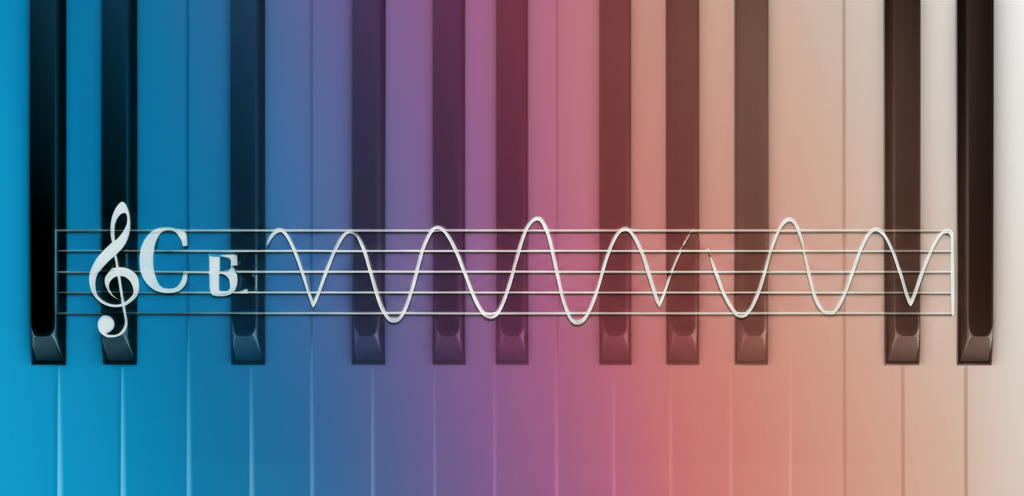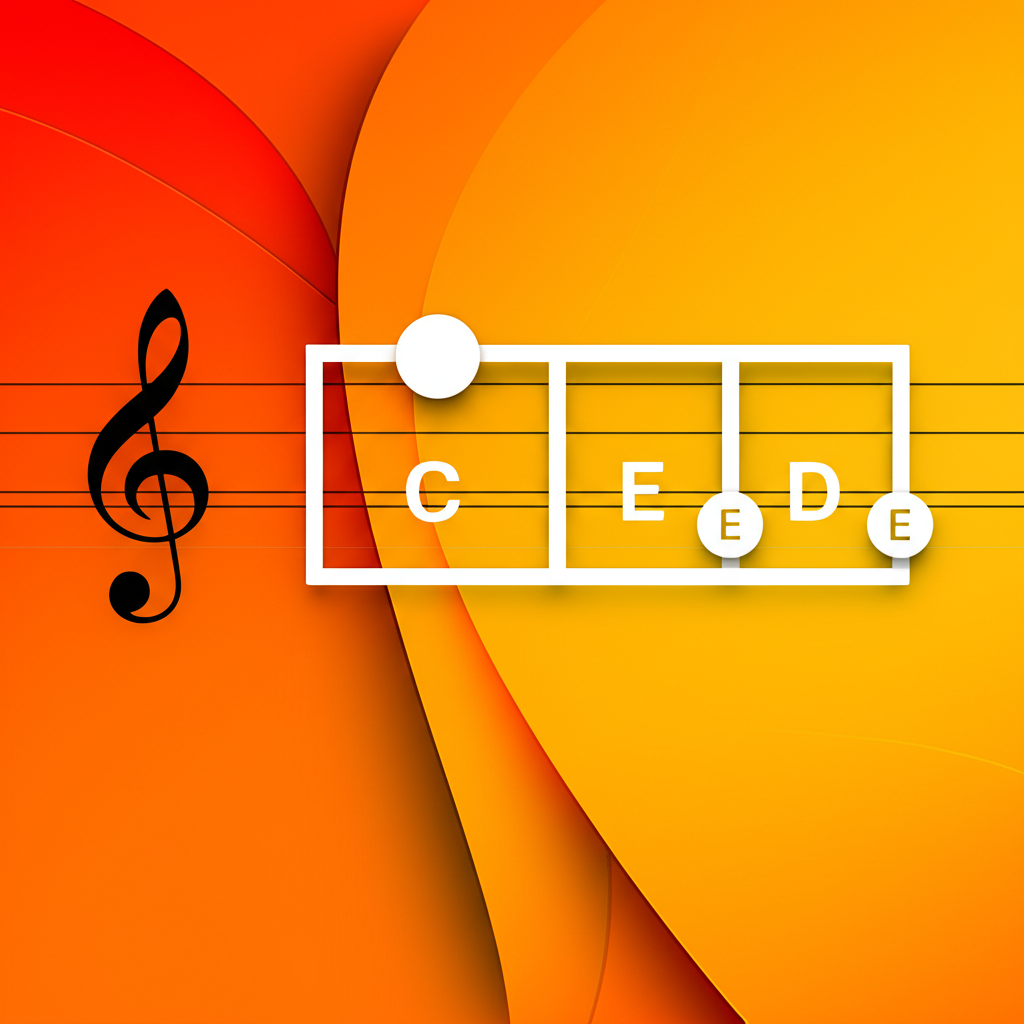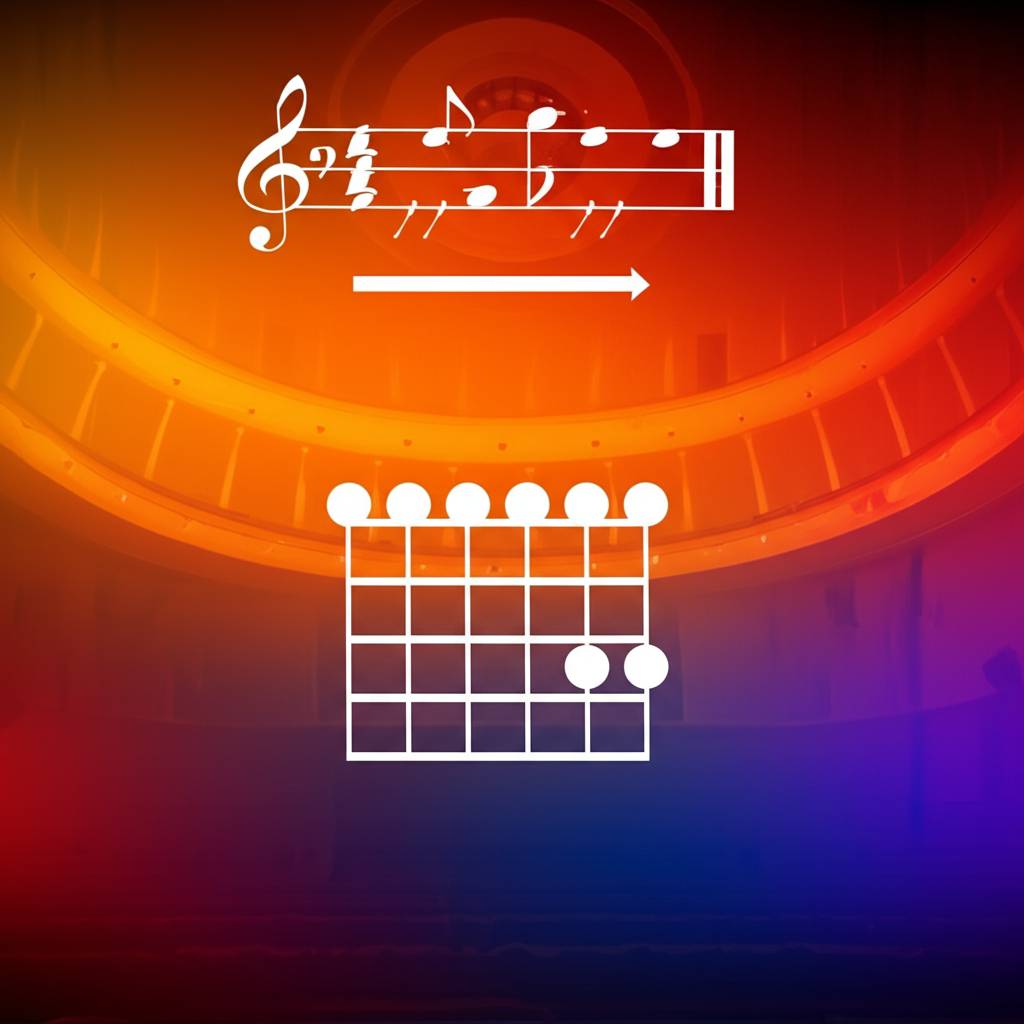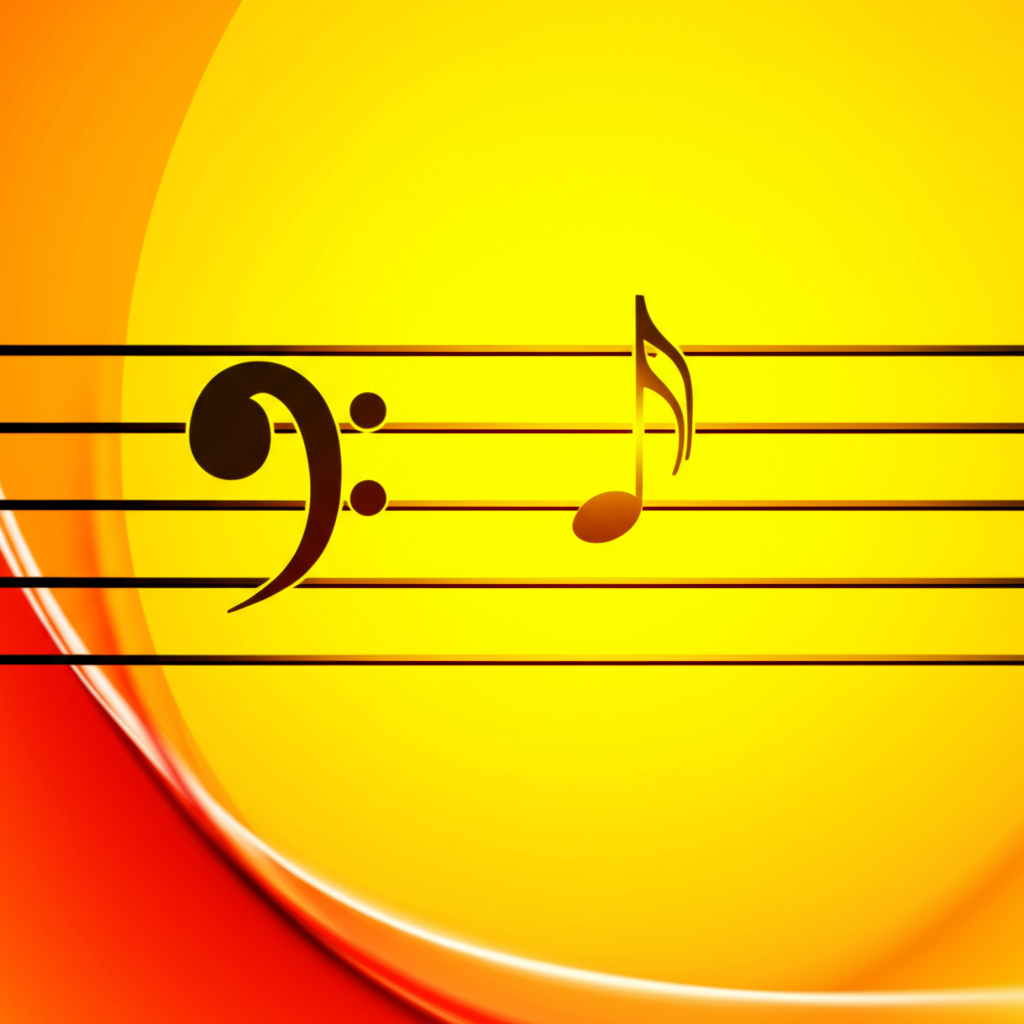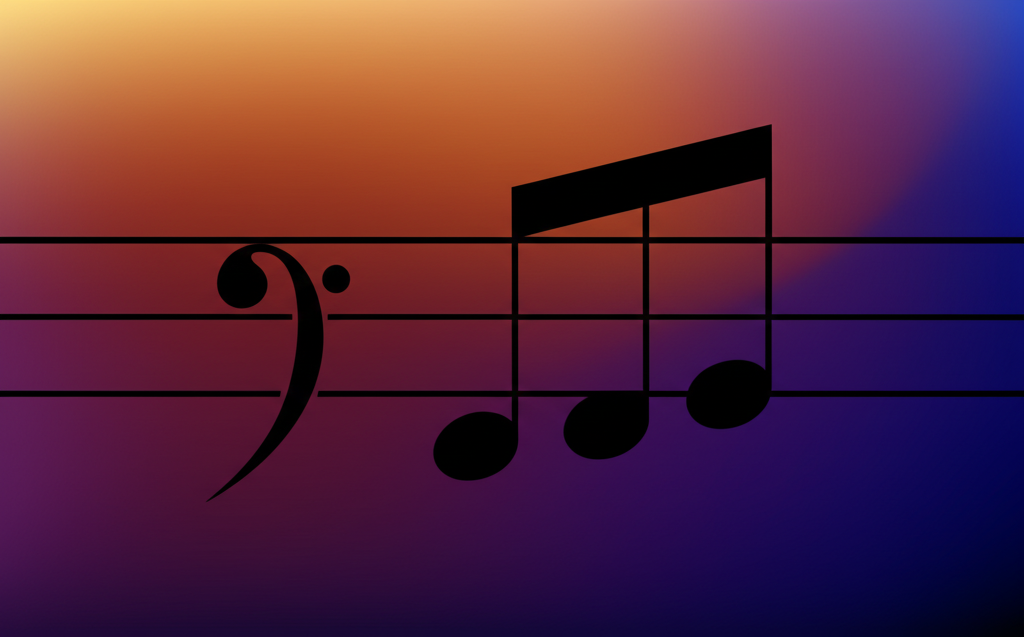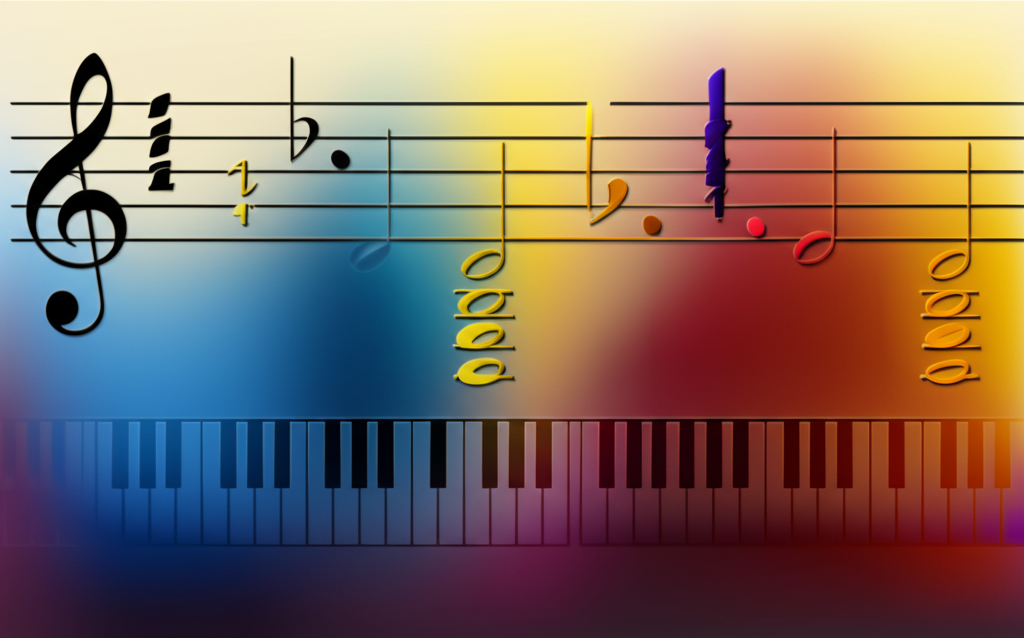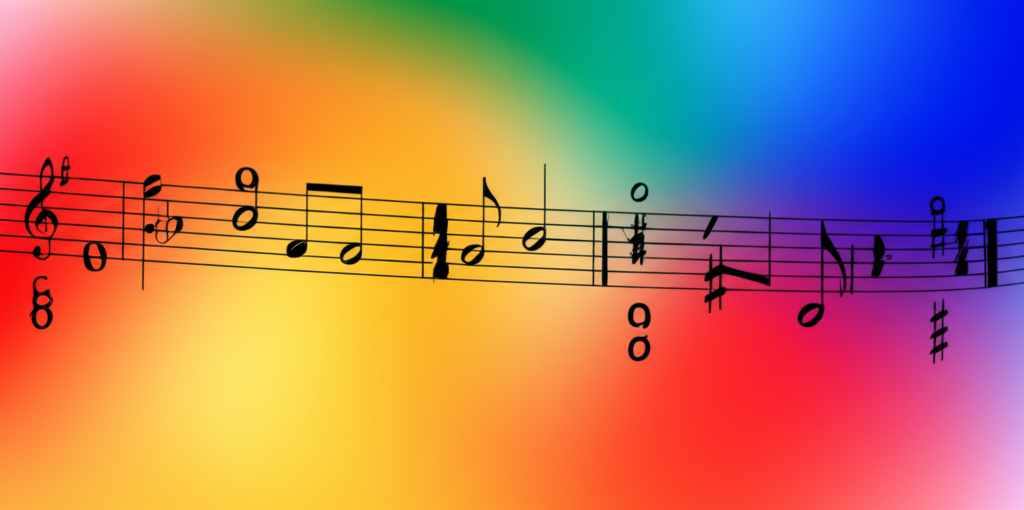
Understanding Musical Chords: The Building Blocks of Harmony

b4n1
May 17, 2025, 4:26 p.m.
Understanding Musical Chords: The Building Blocks of Harmony
Summary:
Chords are the fundamental building blocks of harmony in Western music. This comprehensive guide explores chord construction, types, functions, and applications across musical genres. From basic triads to complex extended harmonies, understanding chords opens up endless possibilities for composition, improvisation, and musical analysis. The article covers theoretical concepts while providing practical examples and exercises for musicians at all levels.
Keywords:
Musical chords, triads, seventh chords, extended chords, altered chords, chord voicings, chord progressions, harmony, chord inversions, chord functions.
Introduction:
Chords form the harmonic foundation of Western music, providing the rich tapestry of sounds that support melodies and create emotional depth. Whether you're listening to classical symphonies, jazz improvisations, rock anthems, or pop ballads, chords are the sonic structures that give music its vertical dimension.
At their most basic, chords are three or more notes played simultaneously. But this simple definition belies the extraordinary diversity and complexity of chords in practice. From the bright major triad to the mysterious diminished seventh, from the bluesy dominant ninth to the ethereal suspended fourth, chords come in countless varieties, each with its unique sound color and emotional quality.
This article explores the fascinating world of chords—their construction, classification, function, and application. Whether you're a beginner seeking to understand the basics or an experienced musician looking to expand your harmonic vocabulary, this guide will deepen your appreciation of these essential musical building blocks.
The Building Blocks of Chords
Intervals: The DNA of Chords
Before diving into chords, we must understand intervals—the distances between notes. Common intervals include:
- Minor second (m2): 1 semitone (C to D♭)
- Major second (M2): 2 semitones (C to D)
- Minor third (m3): 3 semitones (C to E♭)
- Major third (M3): 4 semitones (C to E)
- Perfect fourth (P4): 5 semitones (C to F)
- Tritone (TT): 6 semitones (C to F♯)
- Perfect fifth (P5): 7 semitones (C to G)
- Minor sixth (m6): 8 semitones (C to A♭)
- Major sixth (M6): 9 semitones (C to A)
- Minor seventh (m7): 10 semitones (C to B♭)
- Major seventh (M7): 11 semitones (C to B)
- Octave (P8): 12 semitones (C to C)
Chords are constructed by stacking specific intervals above a root note, creating different harmonic qualities.
Scale Degrees: The Functional Framework
In any key, each note of the scale has a specific function, identified by scale degrees:
- 1st degree (Tonic): The home base of the key
- 2nd degree (Supertonic): Creates tension, wanting to resolve to tonic
- 3rd degree (Mediant): Establishes major or minor quality
- 4th degree (Subdominant): Creates movement away from tonic
- 5th degree (Dominant): Creates strong tension, pulling toward tonic
- 6th degree (Submediant): Contrasting harmony to tonic
- 7th degree (Leading Tone): Strong pull toward tonic
Understanding these degrees helps explain why certain chords function as they do within a progression.
Basic Chord Types
Triads: The Three-Note Foundation
Triads are the most fundamental chord structures, built by stacking two thirds above a root note. The four basic triad types are:
- Major Triad: Root, major third, perfect fifth (C-E-G)
- Minor Triad: Root, minor third, perfect fifth (C-E♭-G)
- Diminished Triad: Root, minor third, diminished fifth (C-E♭-G♭)
- Augmented Triad: Root, major third, augmented fifth (C-E-G♯)
Notación musical:
Sound qualities:
- Major triads sound bright, stable, and happy
- Minor triads sound darker, more serious, or sad
- Diminished triads sound tense, unstable, and anxious
- Augmented triads sound mysterious, dreamy, and unsettled
Seventh Chords: Four-Note Extensions
Adding a seventh above the root creates seventh chords, which add richness and complexity. Common seventh chords include:
- Major Seventh (Maj7): Major triad + major seventh (C-E-G-B)
- Dominant Seventh (7): Major triad + minor seventh (C-E-G-B♭)
- Minor Seventh (m7): Minor triad + minor seventh (C-E♭-G-B♭)
- Minor-Major Seventh (mMaj7): Minor triad + major seventh (C-E♭-G-B)
- Half-Diminished Seventh (ø7): Diminished triad + minor seventh (C-E♭-G♭-B♭)
- Fully Diminished Seventh (o7): Diminished triad + diminished seventh (C-E♭-G♭-A)
Notación musical:
Chord Progressions: The Narrative of Music
Conclusion
Chords are the harmonic building blocks that give music its rich emotional palette. From simple triads to complex extended harmonies, from functional progressions to experimental clusters, chords provide the vertical dimension that supports and interacts with melody.
Understanding chord construction and function empowers musicians to make informed creative choices, whether composing, arranging, improvising, or analyzing music. The principles outlined in this guide provide a foundation, but true mastery comes through practical application—playing chords on instruments, listening critically to how they're used in various musical contexts, and experimenting with different combinations.
As you continue your musical journey, remember that while theory provides a framework for understanding, the emotional impact of chords is ultimately what matters most. Trust your ears, explore freely, and use chords to express your unique musical voice.
References:
-
Piston, W. (1987). Harmony (5th ed.). W. W. Norton & Company.
-
Levine, M. (1995). The Jazz Theory Book. Sher Music Co.
-
Persichetti, V. (1961). Twentieth-Century Harmony: Creative Aspects and Practice. W. W. Norton & Company.
-
Schoenberg, A. (1983). Theory of Harmony (R. E. Carter, Trans.). University of California Press.
-
Mulholland, J., & Hojnacki, T. (2013). The Berklee Book of Jazz Harmony. Berklee Press.

